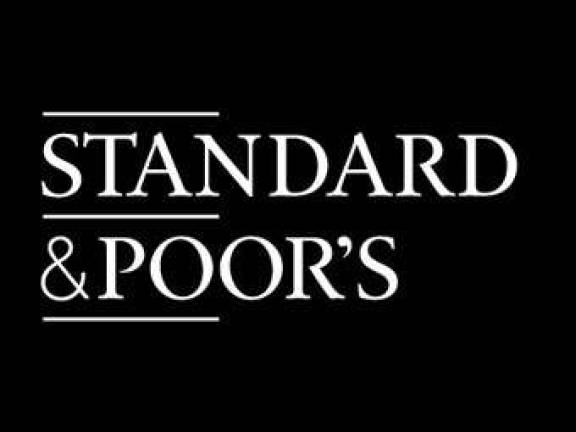WVSD receives Aa+ S&P rating

WARWICK — Standard & Poor’s Ratings Services has assigned its “Aa+” school issuer credit rating to the Warwick Valley School District.
The information used to determine the credit rating is provided in the district’s audited financial statements, which are annually sent to S&P.
The “Aa+” credit rating reflects Standard & Poor’s view of the district’s residential, rural community with very strong income levels; extremely strong market value per capita due to the presence of high-value residential properties; good financial management, contributing to a stable financial performance and good reserves and low overall debt burden after factoring in state aid.
Historically, the district has maintained a stable financial position. Standard & Poor’s views the district’s financial management practices as “good” under its Financial Management Assessment, noting its “good financial performance and a stable fund balance.”
According to the district’s press release announcing the S&P report, bond ratings are regarded by taxpayers and other stakeholders as a measure of how well their school district is managed. Because a school district’s overall financial stability affects its bond ratings, it is important to carefully manage district reserves and fund balance.
The district also released the following questions and answers regarding the S&P credit rating:
Why do school districts maintain reserves and fund balance?
Reserve funds, like other savings plans, are mechanisms for accumulating cash for future capital outlays and other allowable purposes. In addition to reserve funds, maintaining a reasonable amount of undesignated fund balance as part of the operating budget is another important financial consideration for school districts.
School districts maintain sufficient reserves and fund balance for financial stability and cash flow, and to protect programs that serve children at times when revenues are uncertain. An adequate fund balance can help a district meet its financial obligations during those periods of time when revenue flows from taxes, state and federal aid and other sources are insufficient. A fund balance is often the only cushion a district has for unbudgeted, unexpected expenses due to natural disasters or emergencies.
Fund balances are needed for financial stability
School districts depend heavily on state and federal aid, and, unfortunately, such aid can be an unstable revenue source. State revenues are highly sensitive to the business cycle, and when the economy is in recession the state often cuts back on aid to school districts. By maintaining adequate fund balances, school districts are able to use some of the reserves to maintain educational programs during economic downturns, but this should only be done on a limited basis. This is critically important, since economic downturns do not reduce the need for educational services.
Why is fund balance an important topic to the Warwick community?
A healthy fund balance is essential, and reflects the financial stability of the district. According to New York State law, the maximum allowable school district fund balance is 4 percent of the current school budget. Fund balance is regularly monitored and is an important part of the district’s overall financial management. And, used in accordance with board policy, fund balances help the district advance educational improvement efforts that might not otherwise be possible within a single year’s budget. However, caution must be used when considering the use of money from the fund balance. Although a small amount may be used to support district needs, it must be used only when necessary, to ensure the district’s continued financial stability.